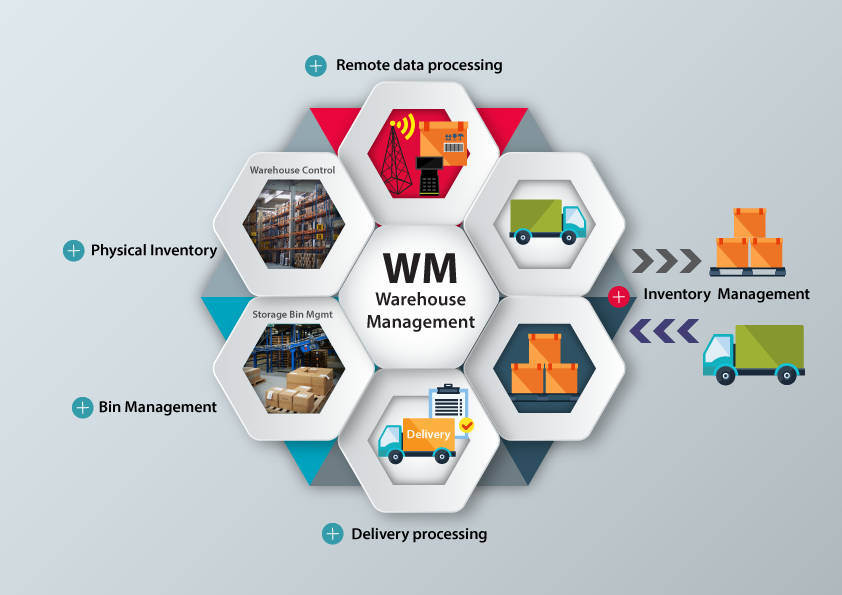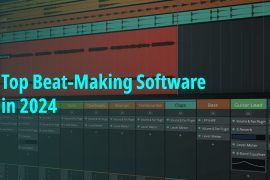Software development analytics tools, often known as git tracking tools, are used by engineering managers to track metrics that provide insight into project processes and product delivery.
Analytics tools can also be used to determine how effective the development process is and whether any changes are required.
A software development analytics tool is a piece of software that tracks time spent on activities, defect reports, and overall development progress. It’s a must-have tool for engineering managers because it allows them to see how their projects progress and if anything obstructs the process. They enable development teams to view information about bottlenecks and receive progress reports at the end of the day, week, or month.
Table of Contents
Features of Software Development Analytics Tools

- To track the project’s velocity, count the number of commits and pull requests every day, week, and month.
- Examine how much time is spent on tasks in relation to the deadlines.
- In real-time, identify the causes of delays and bottlenecks.
- Calculate the total amount of technical debt accumulated over time.
- Find out who on your team is the most productive.
Now that we have covered everything you need to know about software development analytics tools, below are the top 5 analytics tools to use for software development.
Top 5 Software Development Analytics Tools
GitClear
GitClear is a GitHub and GitLab developer tool that gives code analysis and git analytics that go beyond lines of code. We assist managers and developers absorb code more quickly so they can work more efficiently. With GitClear, you can improve your code review and software engineering management.
Key Features
- Activity Dashboard
- Change Management
- Collaboration Tools
- Dashboard
- Data Modeling
- Integrated Development Environment
- Issue Management
- Issue Tracking
- KPI Monitoring
- Milestone Tracking
- Performance Metrics
- Progress Tracking
- Project Management
- Real-Time Reporting
- Reporting & Statistics
- Reporting/Analytics
- Resource Management
- Software Development
- Status Tracking
Pricing
The pricing of this tool starts from $9/user per month.
Pros
- The software gives us much information on the developers’ productivity and makes it simple to look at their checked-in code.
- It’s simple to integrate with Github.
Cons
- It is difficult to understand the LI score.
Hatica
Hatica is a platform for engineering analytics that increases developer efficiency. It provides engineering teams with actionable insights and workflows to help them perform at their highest levels. Hatica provides complete work visibility, allowing engineering teams to make decisions based on the big picture. Users can utilize Hatica to mix Git, project, and collaboration data to gain insights into development workflows and improve their performance.
Hatica is a platform that includes data like deployment frequency, change failure rate, MTTR, and lead time to measure DevOps success. Furthermore, Hatica enables users to examine aggregated activity and metrics from project management, Git, and CI/CD tools in a centralized dashboard that serves as a proxy for performance and project insights.
Key Features
- Cycle time metrics
- DORA metrics
- Maker time metrics
- Async standups
Pricing
It has three pricing plans. The starter plan is a free trial, the growth plan is $15 per year, and you can also get a customized plan.
Pros
- It has an amazing maker time dashboard, which helps to track the team’s meeting schedule and determine whether they have enough time to focus on important projects.
Cons
- There are a lot of metrics that can get a little overwhelming at first glance.
Waydev
Waydev is an agile strategy for measuring engineering teams’ output during development and fine-tuning the end product.
The Waydev tool can assist software companies in determining market-based indicators for each project. It allows engineering teams to analyze the return on investment (ROI) of different products, determine which features need to be improved or eliminated, and stay competitive in the market.
Waydev also helps software engineering teams stay on track by providing visibility into the cost and status of deliverables and critical objectives.
Key Features
- Active Day: It’s difficult to tell who is struggling and who is excelling in huge groups. To address this issue, Waydev has developed Active Days. An Active Day is a day when a team member contributes code to the project in some form, such as by writing code or reviewing someone else’s work.
- Code Churn: The amount of lines added and removed from a project’s codebase over time is referred to as code churn. The program creates reports on this measure so that software engineering teams may focus their efforts on areas where they can improve, such as bug fixes or new feature additions.
- Impact: This metric determines how “significant” the code changes are.
- Throughput: The total amount of churned, refracted, and new code added to the project is measured by throughput.
Pricing
It consists of three plans. The pro plan costs $449 per active contributor per year, the premium plan costs $649 per active contributor per year, and you can also get a customized plan for yourself.
Pros
- Allows you to view data from various perspectives.
- Simple to comprehend
- Many unique metrics that aren’t found anywhere else
Cons
- Small enterprises find it prohibitively expensive.
Allstacks
Allstacks is an excellent platform for creating corporate software interfaces. It gives the client organization visibility into the project’s status and team performance, allowing the authorities to choose the appropriate deliverables. The all-powerful intelligence platform gives developers plenty of tools and guided insights to help them build their applications for better results.
Stakeholders acquire a shared understanding of possible progress as well as hazards that could affect company initiatives. Allstacks’ intelligent forecasting analyses the initiative’s essential components to highlight dangers, providing analysts with knowledgeable materials to back it up.
Key Features
- Pull Request Cycle: The average time it takes to approve or reject a pull request is displayed in this measure. Higher levels may imply ineffective code review, which could result in more problems and delayed releases.
- Cycle Time; Another important measure is cycle time, which indicates how long it takes your team to finish a project, from submitting a development ticket through testing and publishing it. The less time you have, the better your team will perform.
- First Deployment Date: This crucial measure displays the date on which your development team successfully published code to production servers for the first time. To improve release management, you must know when something was last completed so that you can follow your team’s progress.
- Revenue Impact: This statistic is useful for estimating how much money you’re losing each month as a result of your team releasing new features and bugs ahead of schedule. The higher the value, the lower your company’s client engagement and earnings growth.
Pricing
The pricing of Allstacks starts from $400 per contributor per year.
Pros
- Simple to integrate
- Produces powerful reports
Cons
- It isn’t easy to get significant dashboards going.
- Jira projects require an overnight wait for information.
LinearB
LinearB is a dev team intelligence platform that connects signals from code, Git, projects, and releases to automate everyday improvements from developers to the CTO. With team-based analytics, the solution assists users in aligning their work to company priorities, communicating performance, and resolving bottlenecks. It gives developers all the information they need on a single screen, with no interruptions.
Furthermore, the application links the work of the development team to project issues, providing a complete status on features and bugs. Dev teams receive real-time updates to collaborate closely to make the greatest business decisions. Moreover, LinearB’s Git tools are code-first and built for developers, whereas Project tools are plan-first and designed for project managers.
Key Features
- Deployment Rate: This indicator allows teams to track how often they deploy.
- Rate of change failure: This measure tracks the number of functional and nonfunctional defects introduced in changes.
- Mean Lead Time: LinearB measures lead time by factoring in all delays between change request development and deployment.
- Mean Time to Recovery: This metric tracks how much time team members spend repairing bugs brought on by modifications.
- Metrics of the team: LinearB measures velocity, throughput, work in progress, cycle time per task category (for example, design), and incomplete tasks.
Pricing
It has three plans. There is a free plan, the pro plan which costs $420 per contributor per year, and an enterprise plan which costs $600 per contributor per year.
Pros
- Connects with issue-tracking software
- Custom granularity is available (performance analysis from a single contributor to the whole organization)
- Issue notifications are sent to Slack.
- Customer service is excellent.
Cons
- There is a learning curve.
- The initial configuration can be challenging.
Conclusion
Software development analytics tools are crucial in software engineering project pipelines, and you may use them to achieve the outcomes you want, such as increased efficiency, productivity, or return on investment. In this article, we discussed software development analytics tools and the 5 best software you should use in 2022. For more information, connect with SaaSworthy.
Read More
Top 5 Project and Portfolio Management Software in 2022
Top 9 Project Management Software Integrated With Slack to try in 2022






